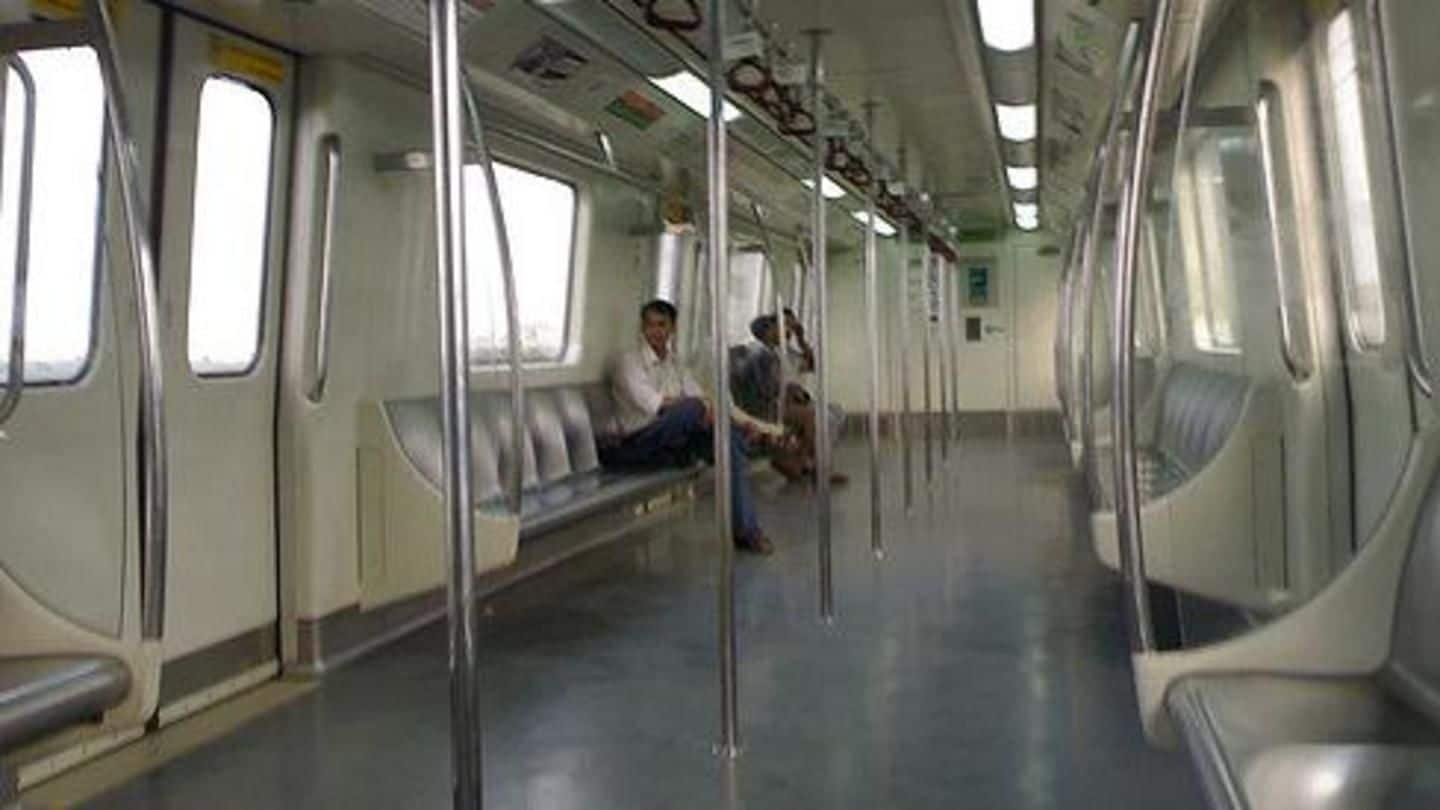
After 2017 fare hikes, Delhi Metro loses 2.6cr riders
What's the story
Two drastic fare hikes in the Delhi Metro last year has hit ridership severely; annual ridership registered a decline for the first time in a decade. Compared to 2016, Delhi Metro lost 2.6cr riders in 2017. The effects are being felt even now: daily ridership in January and February stood at 23.6L and 24.4L, down from 27.6L and 29.3L in the corresponding 2017 periods.
Hike
After two hikes, prices for most trips doubled
In May'17, minimum fare was increased from Rs. 8 to Rs. 10 and maximum from Rs. 30 to Rs. 50. Afterwards, daily ridership fell by 2L. In October'17, the second hike kicked in: journeys of 2-5km now cost Rs. 5 more, and beyond 5km cost Rs. 10 extra. Fares on the Airport Line remained unchanged. Smart card users continue to get 10% off.
Factors
But why was a hike needed?
The AAP government protested the move, but MoS Urban Affairs Hardeep Singh Puri said a "world-class asset like the Delhi Metro" couldn't survive otherwise. The last hike was in 2009, and unless another was undertaken, Delhi Metro's condition would be as bad as Delhi Transport Corporation's buses, he said. DMRC said input costs had increased and the hike was at par with other cities.
stats
The effects were seen almost immediately
An RTI query by HT revealed that in this period, the worst month was December'17, which registered 22.9L daily passengers. The last time it was this bad was in March'15, when it touched 23.1L. Since then, it has never dropped below 24L. However, the highest daily ridership per month has been increasing steadily, from 25.64L in December, to 26.85L in January and 26.98L in February.
DMRC
Despite fall in ridership, duration of journeys has increased
DMRC admitted to the fall, but said passengers were taking longer trips. The RTI query revealed the average length of a journey was 15.61km in January'15, 16.05km in January'16, 16.31km in January'17 and 16.93km in January'18. "Numbers are not the real measure to calculate the impact. We must look at fleet utilization, which has increased despite the fare hike," DMRC MD Mangu Singh said.
Data
Are things looking up for the Delhi Metro?
Meanwhile, despite being the worst in years, ridership has been increasing, though slowly. January saw 69,000 more passengers than December. The number increased further by another 80,000 in February. If the trend continues, Delhi Metro is likely to be back to full capacity soon.